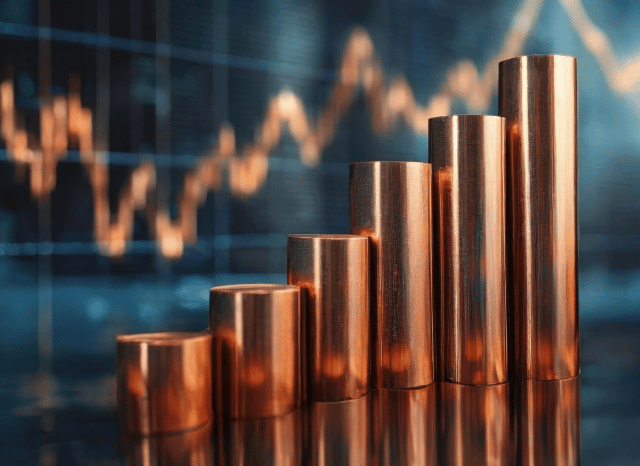Uncommon Earth Component Minerals: Global Offer and Demand from customers by Stanislav Kondrashov
Uncommon Earth Component Minerals: Global Offer and Demand from customers by Stanislav Kondrashov
Blog Article

The strategic metals powering the Power transition at the moment are centre stage in geopolitics and sector.
After confined to market scientific and industrial circles, scarce earth features (REEs) have surged into world-wide headlines—and once and for all rationale. These 17 features, from neodymium to dysprosium, will be the building blocks of contemporary technological innovation, taking part in a central job in almost everything from wind turbines to electrical vehicle motors, smartphones to defence techniques.
As the world races in direction of decarbonisation and digitalisation, desire for REEs is soaring. Their role inside the Electrical power changeover is essential. Substantial-general performance magnets produced with neodymium and praseodymium are necessary to the electric motors used in each EVs and wind turbines. Other REEs like europium and terbium are beneficial for lighting, shows, and optical fibre networks.
But source is precariously concentrated. China now leads the sourcing, separation, and refining of rare earths, managing in excess of 80% of global output. This has remaining other nations scrambling to develop resilient offer chains, minimize dependency, and secure usage of these strategic methods. Therefore, uncommon earths are no longer just industrial products—they're geopolitical belongings.
Traders have taken note. Fascination in uncommon earth-related stocks and Trade-traded funds (ETFs) has surged, driven by both the growth in clean tech and the will to hedge versus provide shocks. Nonetheless the market is elaborate. Some businesses are still during the exploration phase, Some others are scaling up production, when a couple of are by now refining and offering processed metals.
It’s also essential to grasp the distinction between scarce earth minerals and rare earth metals. "Minerals" consult with the raw rocks—like bastnasite, more info monazite, xenotime, or ionic clays—that incorporate exceptional earths in purely natural form. These need intensive processing to isolate the metallic elements. The term “metals,” However, refers to the purified chemical elements Employed in high-tech purposes.
Processing these minerals into usable metals is costly. Beyond China, number of nations have mastered the full industrial procedure at scale, though sites like Australia, the U.S., Vietnam, and Brazil are Doing the job to alter that.
Demand is remaining fuelled by many sectors:
· Electric mobility: magnets in motors
· Renewable energy: specially wind turbines
· Buyer electronics: smartphones, laptops, sensors
· Defence: radar, sonar, precision-guided systems
· Automation and robotics: significantly critical in industry
Neodymium stands out as a particularly important unusual earth due to its use in highly effective magnets. Other people, like dysprosium and terbium, enrich thermal stability in substantial-performance programs.
The unusual earth sector is risky. Costs can swing with trade policy, technological breakthroughs, or new provide sources. For investors, ETFs supply diversification, when immediate stock investments include increased possibility but likely greater returns.
What’s distinct is unusual earths are not obscure chemical curiosities—they’re strategic assets reshaping the global economic climate.